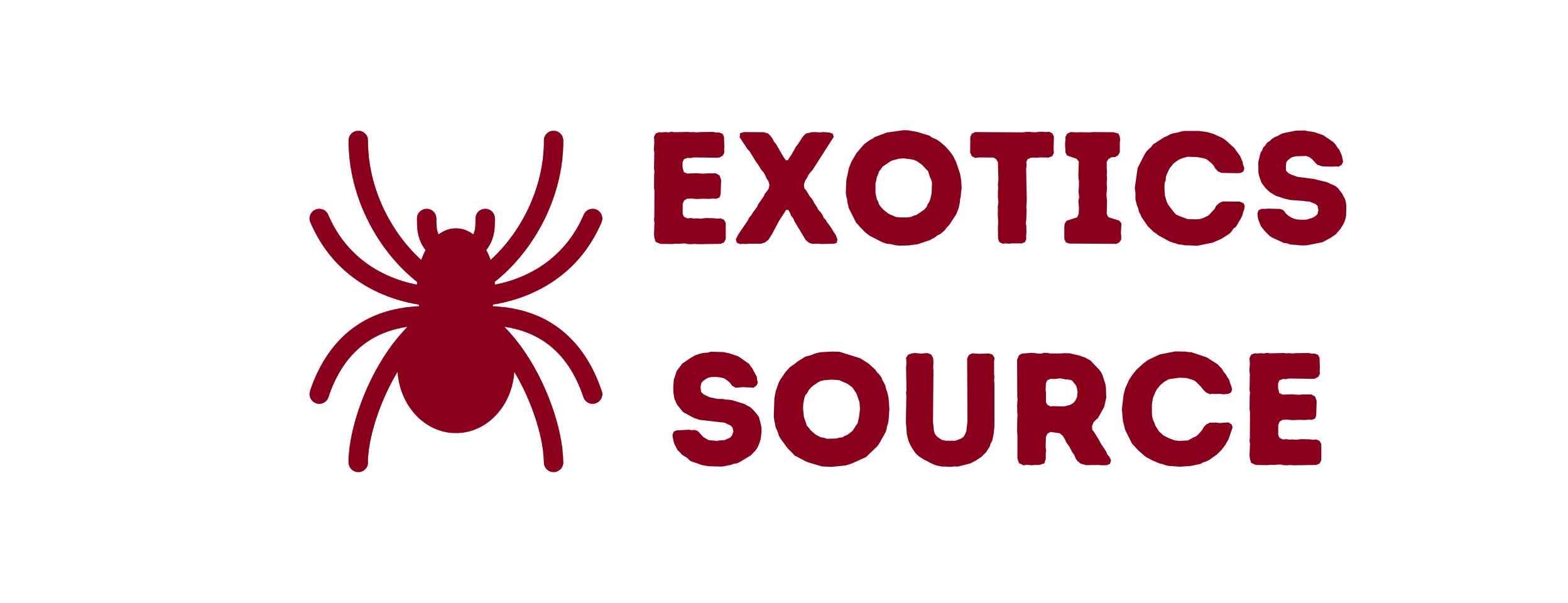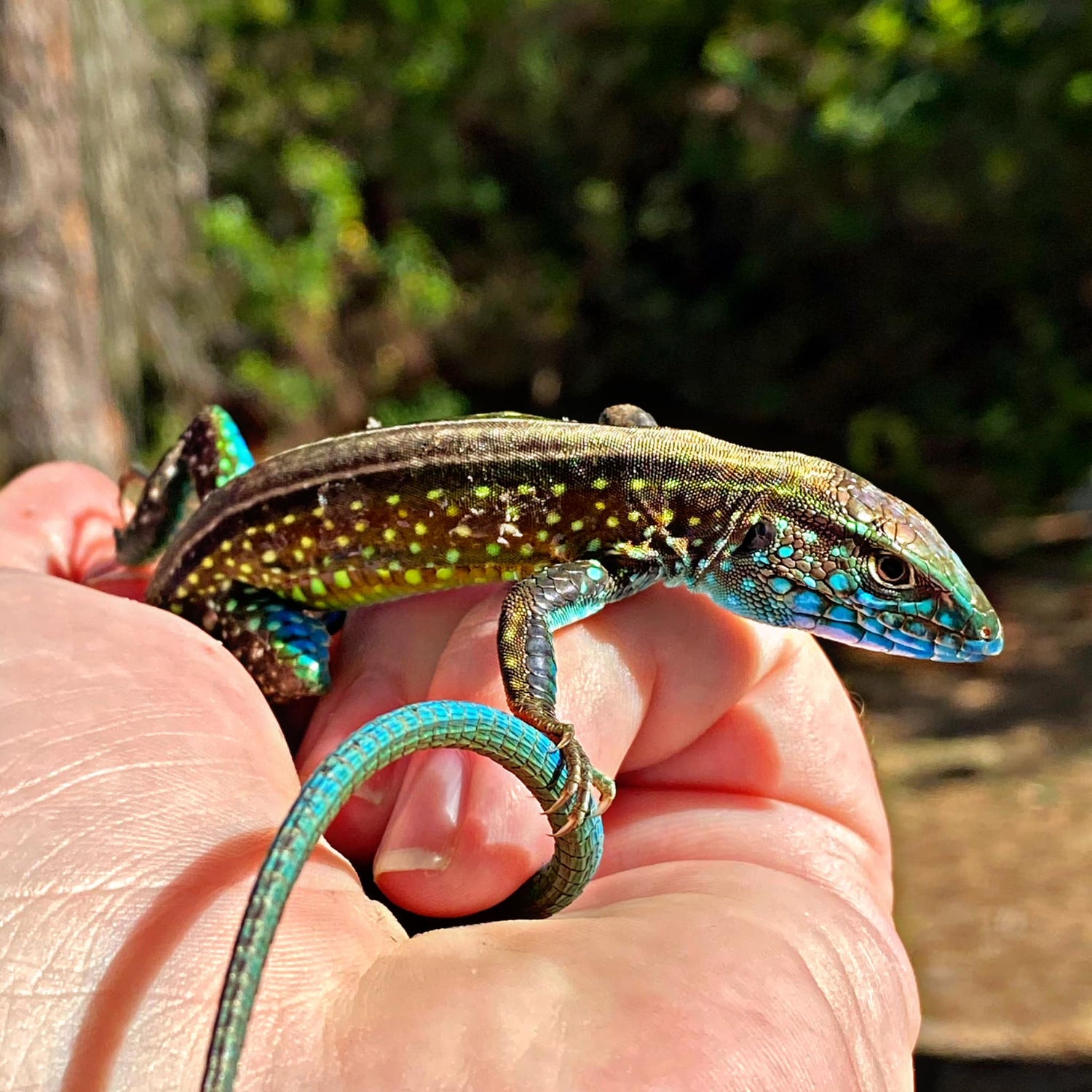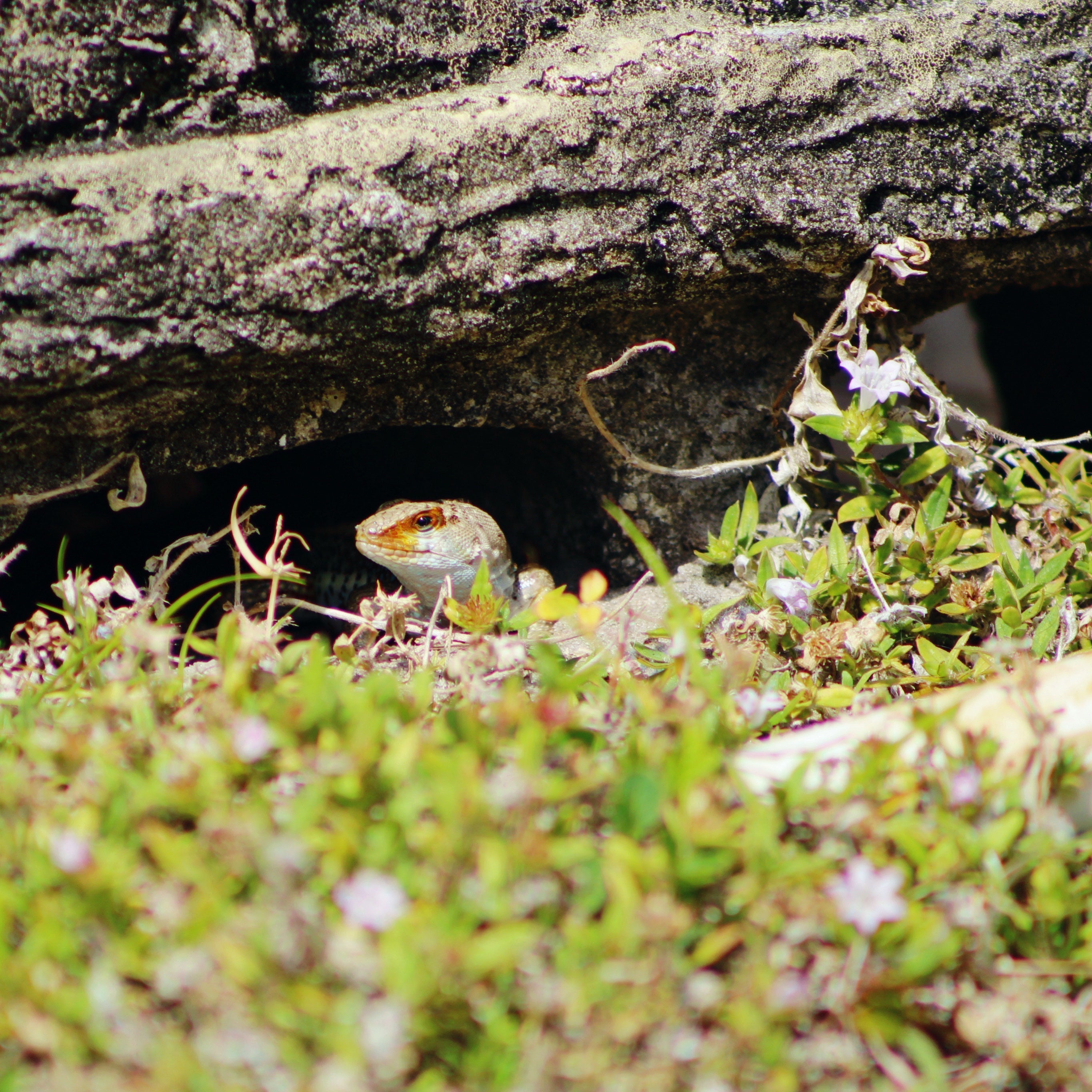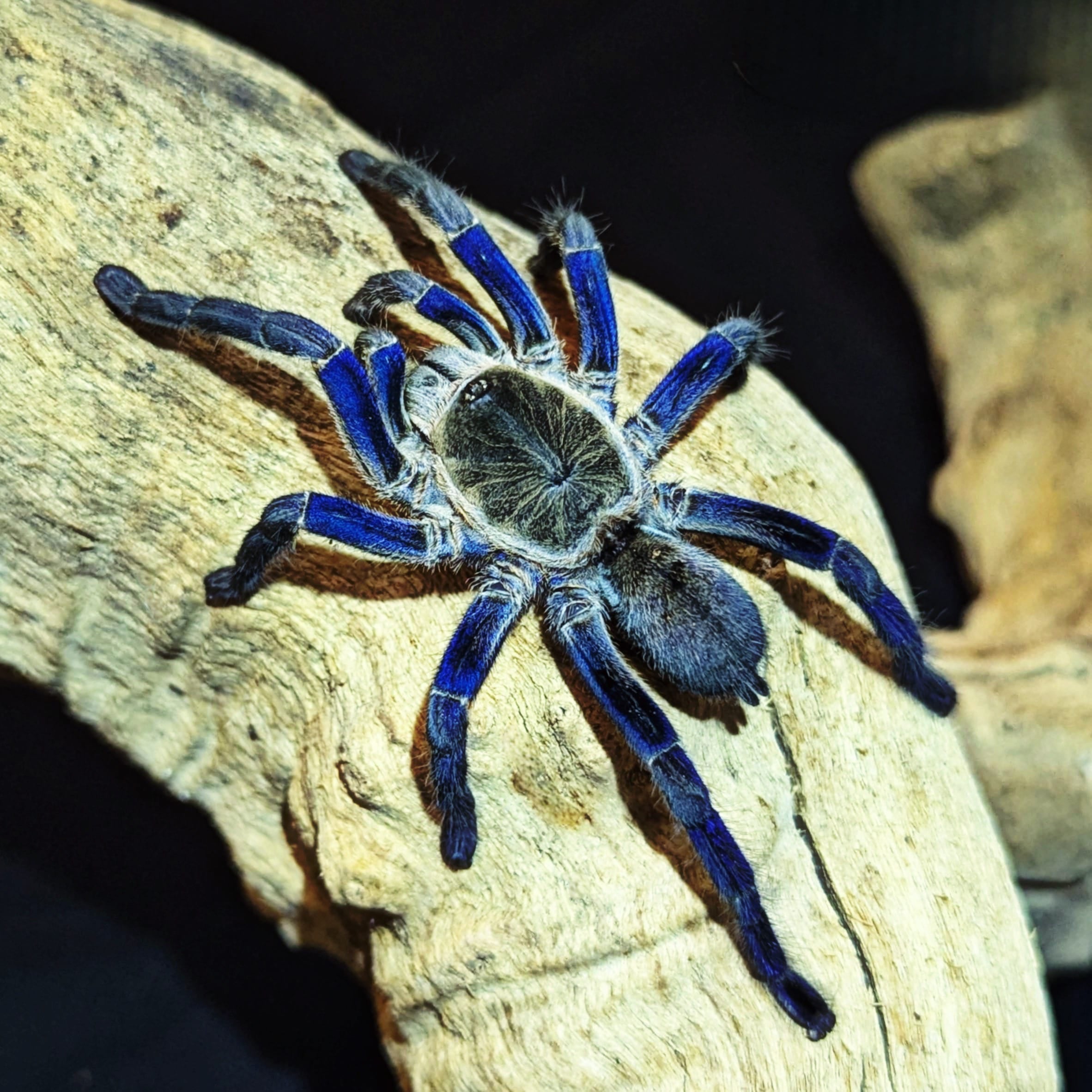Rainbow Whiptail Lizard Care Sheet
Introduction
The Rainbow Whiptail lizard (Cnemidophorus lemniscatus) is an active and fast-moving species native to Central and South America. Known for their striking coloration and energetic behavior, they require a well-maintained environment to thrive.
Habitat Setup
A single adult requires an enclosure at least 36 inches long, 18 inches wide, and 18 inches tall. A sand-soil mix or coconut fiber is ideal as a substrate to allow burrowing. Temperatures should range between 85-90°F during the day, with a basking spot reaching 95-100°F. Nighttime temperatures can drop to 70-75°F. Humidity should be maintained at 50-60% with occasional misting. Full-spectrum UVB lighting should be provided for 10-12 hours a day. The enclosure should include rocks, branches, and hides to offer basking spots and security.
Diet
Rainbow Whiptails primarily feed on insects such as crickets, mealworms, and dubia roaches. They can also consume occasional leafy greens and fruits. Calcium and vitamin D3 supplementation is essential for their health. Juveniles require daily feeding, while adults should be fed every other day. A shallow water dish should always be available, and occasional misting helps maintain hydration.
Shedding Care
These lizards shed regularly as they grow. Maintaining proper humidity and providing rough surfaces, such as rocks or logs, helps facilitate shedding. Avoid excessive handling during this time and never pull off stuck skin, as this can cause injury.
Female-Specific Care
Females may lay clutches of eggs even without a male present. A moist, secluded nesting area with soft substrate should be provided for egg laying. Proper calcium supplementation is vital for reproductive health and preventing calcium deficiency.
Handling and Temperament
Rainbow Whiptails are highly active and quick-moving, often exhibiting shy behavior. Handling should be kept to a minimum to reduce stress. Slow, gentle movements should be used when interacting with them. Allowing them time to adjust to their environment before attempting interaction will help them feel more secure.
Health and Maintenance
Common health concerns include metabolic bone disease, respiratory infections, and parasites. Maintaining a clean and well-maintained enclosure helps prevent these problems. Spot-cleaning should be performed daily, with a thorough deep cleaning of the enclosure done monthly.
Conclusion
With proper care and attention to their environmental and dietary needs, Rainbow Whiptails can thrive in captivity. Their vibrant colors and active nature make them a captivating and rewarding pet.




Leave a comment
This site is protected by hCaptcha and the hCaptcha Privacy Policy and Terms of Service apply.